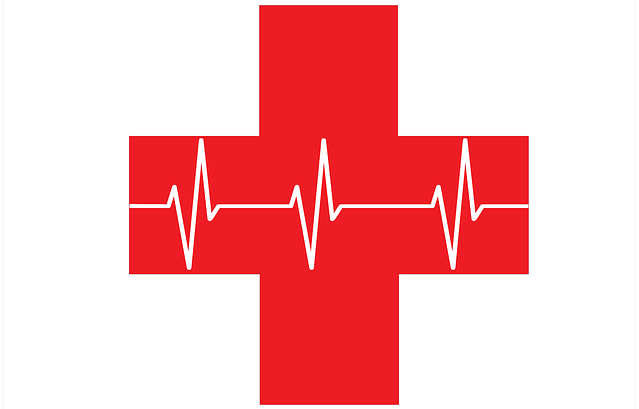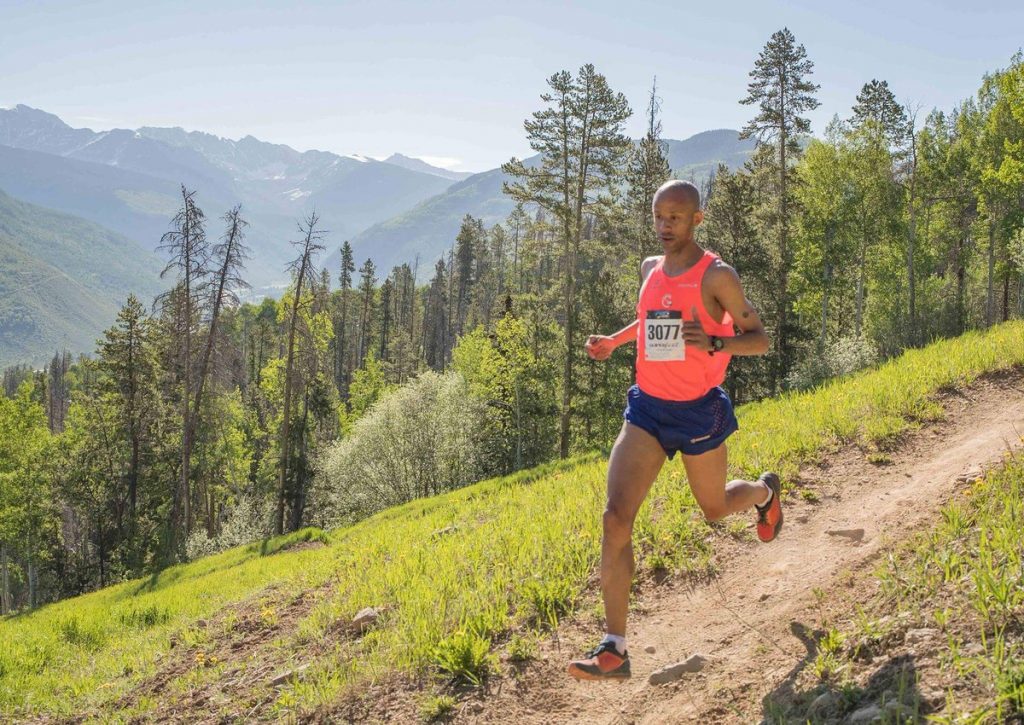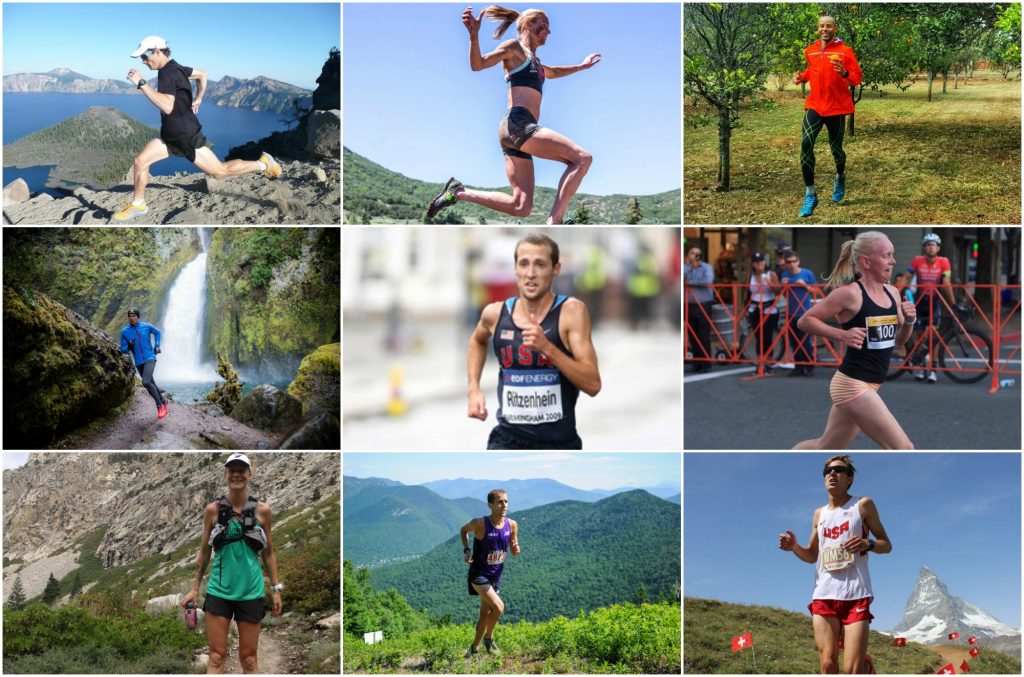Sooner or later, every runner will (sometimes painfully) learn the hard truth about running: overuse injuries are inevitable.

Since running is an impact sport – you vs. the ground – and almost everybody thinks “anybody can run,” injuries afflict up to 75% of runners every single year.
Instead of trying to prevent all injuries (that’s impossible), we should change our focus to reducing the risk of injuries as much as possible.
The good news is that this isn’t quantum mechanics. There are tried and true strategies to prevent injuries employed by the best coaches and runners in the world to stay healthy. You don’t need an exercise science degree or a running lab…
Earlier this year, I invited 9 elite runners to share their best injury prevention advice with the Strength Running community.
The result was The Little Black Book of Prevention and Recovery – a free resource to help you get stronger and train smarter.
Today, I want to highlight two of those runners: Joseph Gray and Max King.
Joseph Gray: “Certain Truths” About Preventing Injuries

Joseph Gray is one of the best trail and mountain runners in the world.
He was the 2016 World Mountain Running Championships winner and a 21- time national team member at various distances. He is also the only African-American to be part of the US Mountain Running Team at any level and has been a national champion eleven times.
Just recently he…
- won the 2017 World Showshoe Championships by over a minute
- won his second XTERRA Trail Run World Championships in 2016
- currently holds the American Record at the Mount Washington Road Race
- was chosen as the USA Track & Field Mountain Runner of the year in 2016
His performance while winning the 2016 Pikes Peak Ascent was the fastest time since 1995.
When asked about prevention, here’s what he said:
“Since beginning my journey with running I have always noticed a few certain truths when it came to injuries. Injuries are inevitable when it comes to running, PERIOD. Part of the journey is learning how to run and eat properly to avoid injuries and continue doing what you love.
The key facet behind injury prevention is lifestyle. What I’ve come to find out is that diet is heavily indicative of nearly every runner who has been healthy long term in their careers. Some runners eat too little, some eat too much of the wrong things and some don’t eat the right foods for their bodies. Some athletes may even have 2 out of the 3 issues.
Earlier in my journey I worried about weight and when I looked back at that period of time I was very inconsistent. My training, hard workouts and races were all icky! I struggled frequently because I was concerned about weight as opposed to just making sure I was getting the right foods and fueling my body for the workload necessary to accomplish my goals. This was early in my career and of course many young athletes struggle with this issue believing that being skinny equals being fast. It is an easy concept to follow being that many of the medalists in major marathons across the globes are usually very lean athletes.
The one thing I realized was that I was not born with the same body as many of those athletes so my diet must match my body type and my workload.
Once I ate enough and didn’t focus on weight as much, my performances were much better and I stayed healthy without injuries. When you become overly concerned with weight loss another problem that occurs is the feeling of deprivation. When you feel deprived you undoubtedly cause your body to release stress hormones. These are not good for training or racing.
One trick I’ve done my entire professional career is eat desserts that I desire based on completion of training as opposed to only allowing dessert rewards for performance based accomplishments. For example, completing 17 an interval session grants me access to the dessert lounge as opposed to being stressed and worried about say running a specific time to reward myself.”
Want to learn more from Joseph? Follow him on Instagram or Twitter!
Max King: “Recovery is King”

Photo: Myke Hermsmeyer
Max King is a Salomon-sponsored athlete living in Bend, OR with his wife and two kids. He has competed around the world in running events ranging from 100mile ultras, steeplechase, mountain racing, to obstacle racing winning both the 2011 World Mountain Running Championships and the 2014 World 100k Championships. He’s competed in four Olympic Trials. He is also a two-time winner of the World Warrior Dash Championships.
His experience also includes 4 years as a specialty running footwear buyer for the Footzone, numerous years coaching both youth and adult athletes, and he has just launched a series of running camps for both adult and youth runners.
This is Max’s best advice for injury prevention:
“As I’ve gotten older, one thing is for sure, recovery is king and if I take care of my body, getting out the door for a run isn’t as difficult. So, prehab has been key to allowing me to continue to train and race at a high-level years beyond many of my peers back in college.
Recently I’ve found that a healthy regimen of foam rolling, self-massage, and mobility stretches keeps me more flexible and everything feeling good as I head out the door for a run. I will alternate rolling with mobility exercises every other evening before going to bed. I really hate using the first couple miles of a run just to work the kinks out. If I can do it at home by rolling on a ball it makes my runs so much more enjoyable.
The second thing that athletes need to develop as they get older is strength, or rather, not lose strength as they get older. Adding some strength in for all runners at all ages is essential to moving correctly and thus reducing injury risk.
Finding the right person to help you is the key here. Just jumping around, squatting some weight, and throwing a kettlebell isn’t going to cut it. Develop a program with someone that knows what they’re doing and you’ll gain movement and strength.
Right now, I’m focusing on the Bridge, Side Plank, Anti-rotation band work, Clam Shells and hip mobility stuff like the MYRTL Routine, and hip flexor stretching.”
Learn more from Max on Twitter or on Instagram.
More Elite Runners on How to Prevent Injuries

Want to hear from even more pros about how to prevent injuries?
Download our free Little Black Book of Prevention & Recovery to hear from:
- Olympian Dathan Ritzenhein
- Pro triathlete Kelly O’Mara
- Leadville winner Devon Yanko
- Ultrarunner Ian Sharman
- OCR Phenom Amelia Boone
- Trail rockstar David Roche
- Mountain Runner Andy Wacker
The advice given by this field of elite athletes is often different than what you’ll hear from mainstream sources.
These are the runners covering 100+ mile training weeks and pushing their bodies to the limit.
They know what it takes to stay healthy.
Download the book now (it’s free) to learn all of their strategies – so you can prevent your next injury.